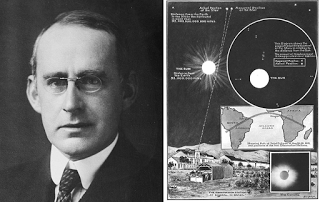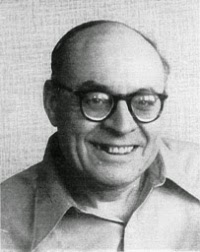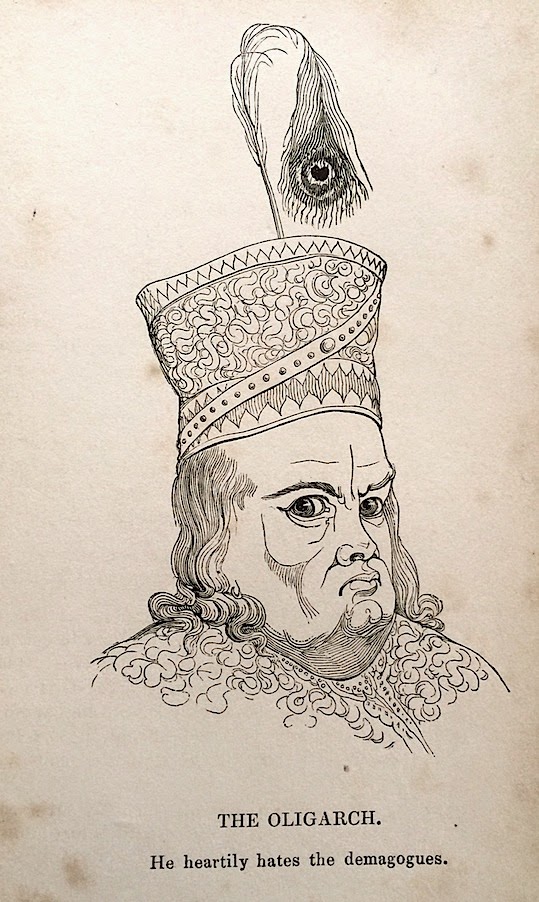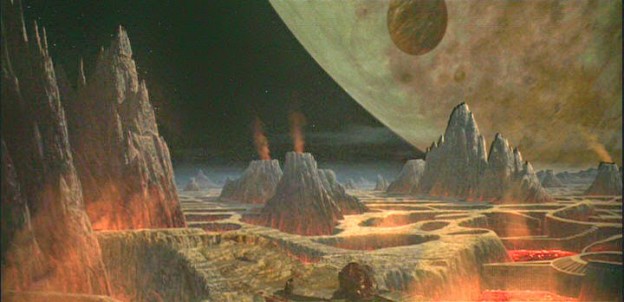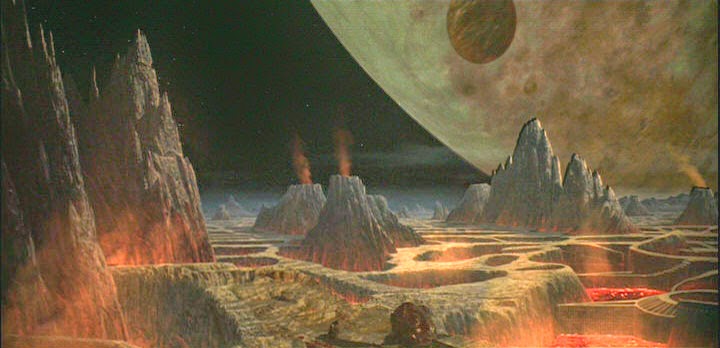From the papers of L.R. Reeve* this record of a remarkable educationalist, mathematician and speaker. He is unknown to Wikipedia and online research reveals very little. He contributed some photographs to the Country in Town exhibition (July 2 to July 16, 1908) at Whitechapel Art Gallery to illustrate 'Day Educational Rambles' in the education section. He appears to have received a double honours degree at London University in Anglo- Saxon and Early English (1901?.) As with many of Reeve's subjects he was a remarkable speaker...
J. W. SAMUEL, B.A.
It was during a conference at the Memorial Hall, Farringdon Street, London, that I first saw J. W. Samuel. He was delivering an address, and I recall vividly the profound impression he made upon me, for I was listening to a man who was one of the most effective speakers in London. He had every attribute required for the highest standard of oratory, and his first essential gift was a perfect delivery. His cultured accent, smoothly expressed, would certainly be my aim if I were to enter a competition in debate, and for some mysterious reason which I could not quite explain, his voice always made me think of Earl Balfour, one of England's greatest statesmen.
Additionally he was a remarkably handsome man, tallish, with a magnificent head of white wavy hair. He had a truly extensive vocabulary, which made him a most persuasive speaker who could, in a debate, demolish most of an opponent's points and, when he occasionally felt that way, would add a little sarcasm to complete his triumph.
Continue reading

